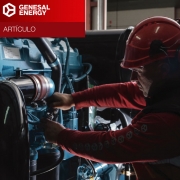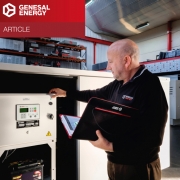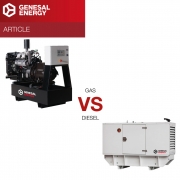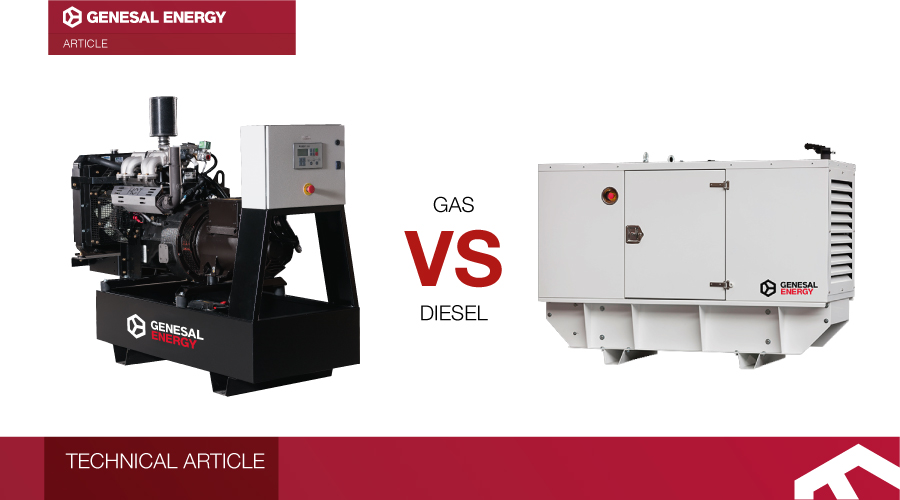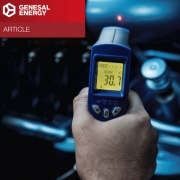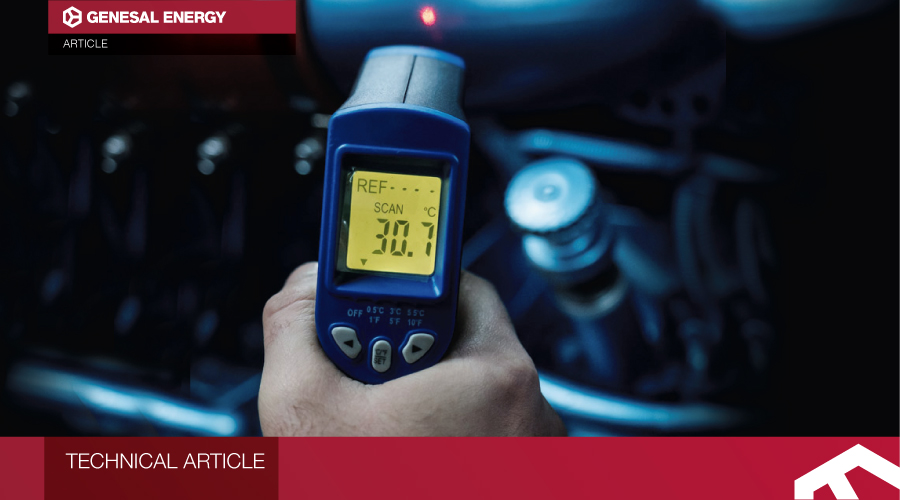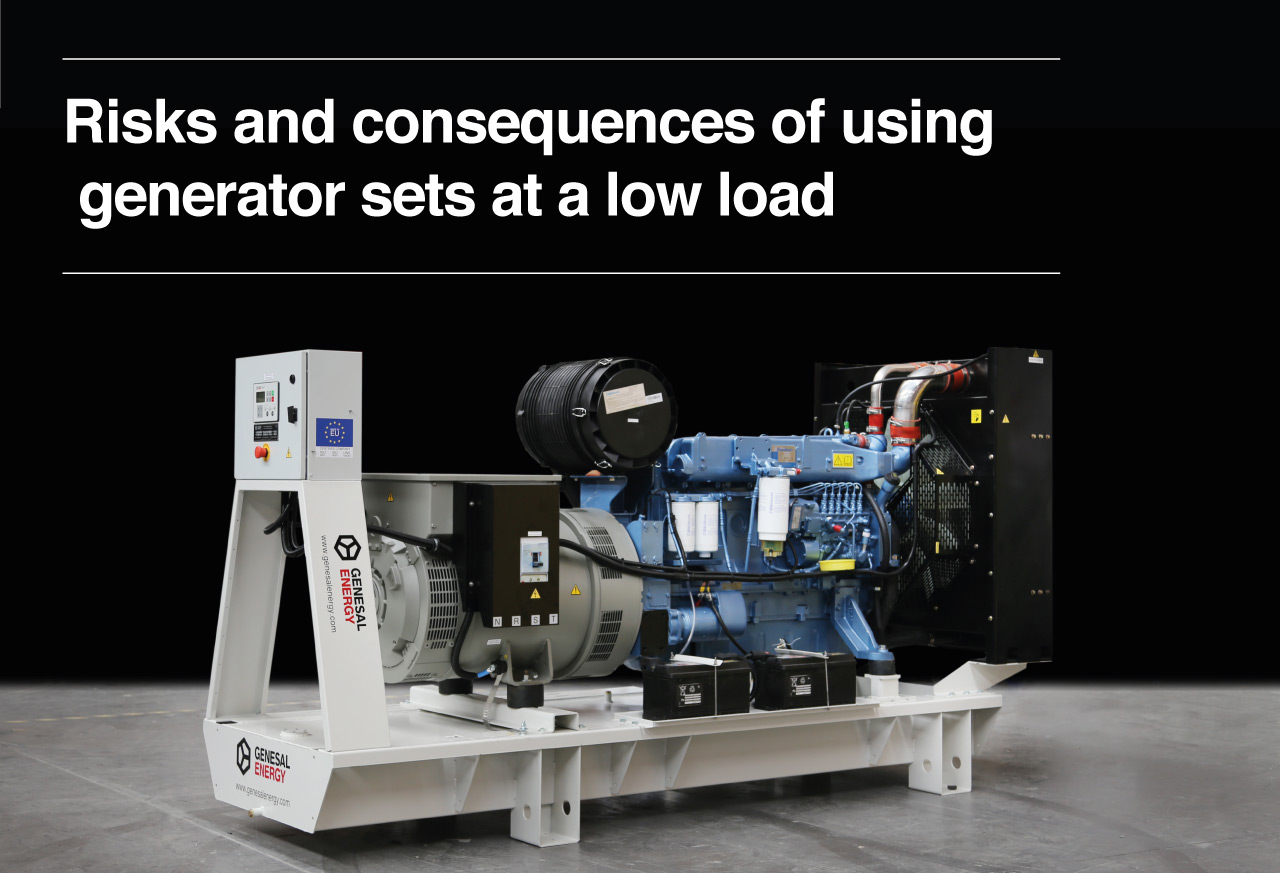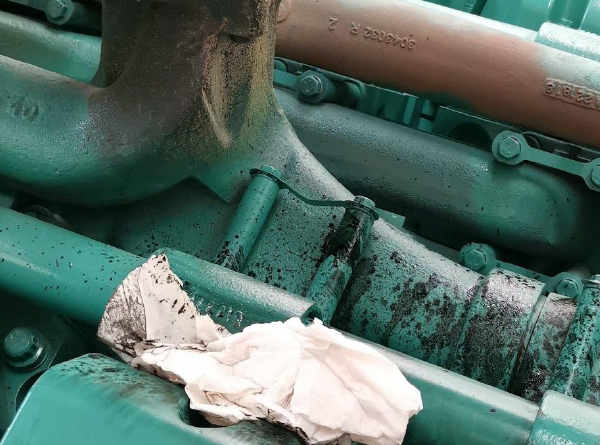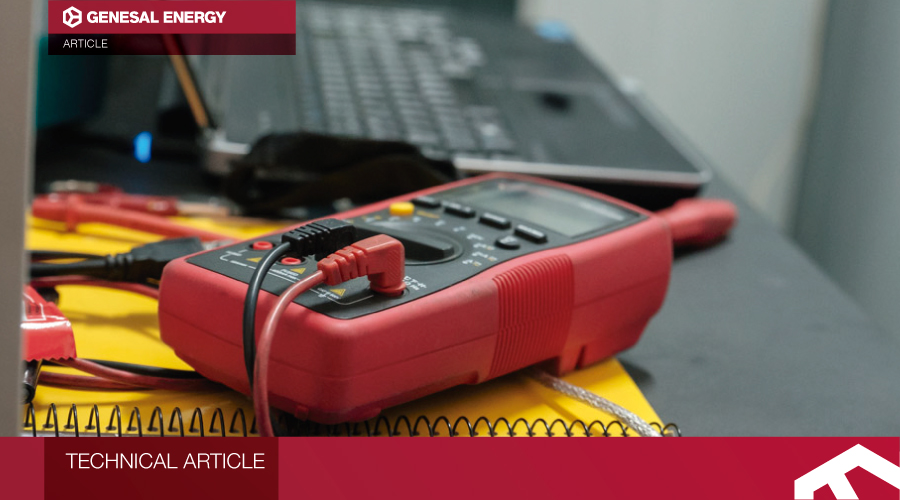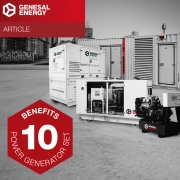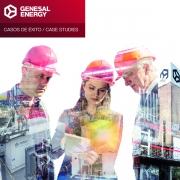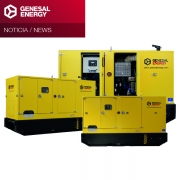Speed regulation on generators: power without ups and downs
What we demand of a generator is a stable power delivery. And a constant engine speed is crucial in achieving this.
The famous Swiss architect Le Corbusier said that machines are “a fantastic perfection tool”. However, experience tells us that even the most sophisticated machinery is not perfect. Although the mechanical systems are designed to be balanced and deliver based on optimal parameters, one must take into account that there are always some factors which can alter their efficiency.
The speed of an engine, for example, may be affected by a drop in voltage or by power surges. And, in the case of generators, such variations are of critical importance, given that the engine speed directly determines its operating frequency.
Logically, this can entail a problem, because the thing that interests us about a generator is that it be capable of maintaining the most stable power possible around a certain value.
The good news? Everything is foreseen and technology provides us with the solutions for the engines never to lose direction.
Regulating a solid response: generator speed control
At present, the engines powering electrical generators contain a speed regulator for speed control.
The function of this regulator is to detect any imbalance in the engine speed and to cause it to revert quickly to its optimal working regime.
Thanks to this device, our generator’s engine will always keep a constant rhythm. In this way, the generator will be capable of always complying with the requirements of the load, giving us the power that we need to obtain.
Moreover, the speed regulator acts as a security device, because it protects the engine from excessive speeds which can cause the engine to break down.
Genesal Energy: reliable engines
At GENESAL ENERGY, we offer you diesel generators equipped with three different types of governed engines:
- Engines with mechanical controls
- Engines with mechanical controls and inbuilt electronic controls
- Electronic engines
All of these are designed to recuperate the working frequency, both after a load impact and after a sudden drop thereof.
The response to the drop in frequency will depend on:
- The inertia of the engine itself.
- The inertia of the alternator.
- The characteristics allowed by the installed AVR (Automatic Voltage Regulator).
At the same time, in the engines with mechanical speed regulation, we apply a parameter called “speed drop” or “droop”. This parameter represents the percentage of over-speeding that the engine is experiencing when it is operating without a load, compared to the nominal speed (at full load). Once we have calculated this, we can configure the engine so that it quickly stabilizes when a load is applied to it..
